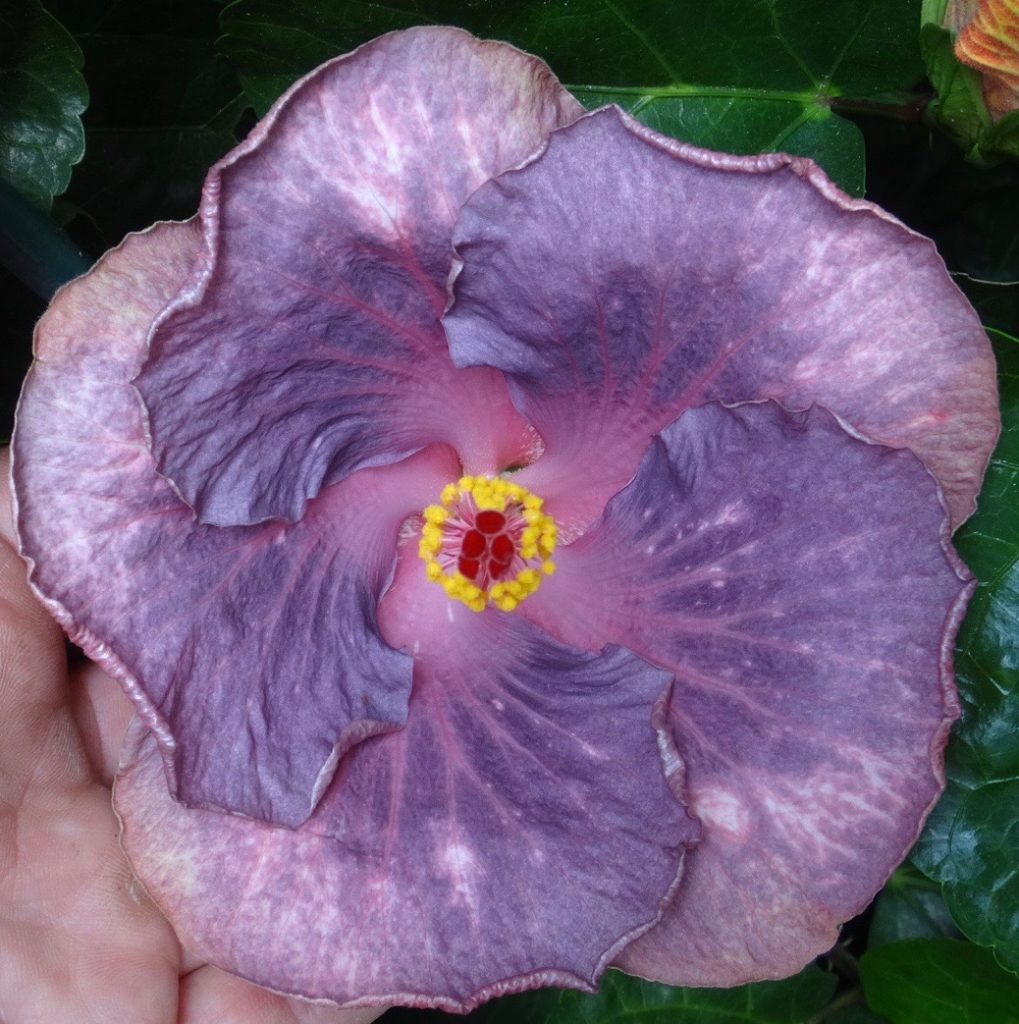The Golden Rule
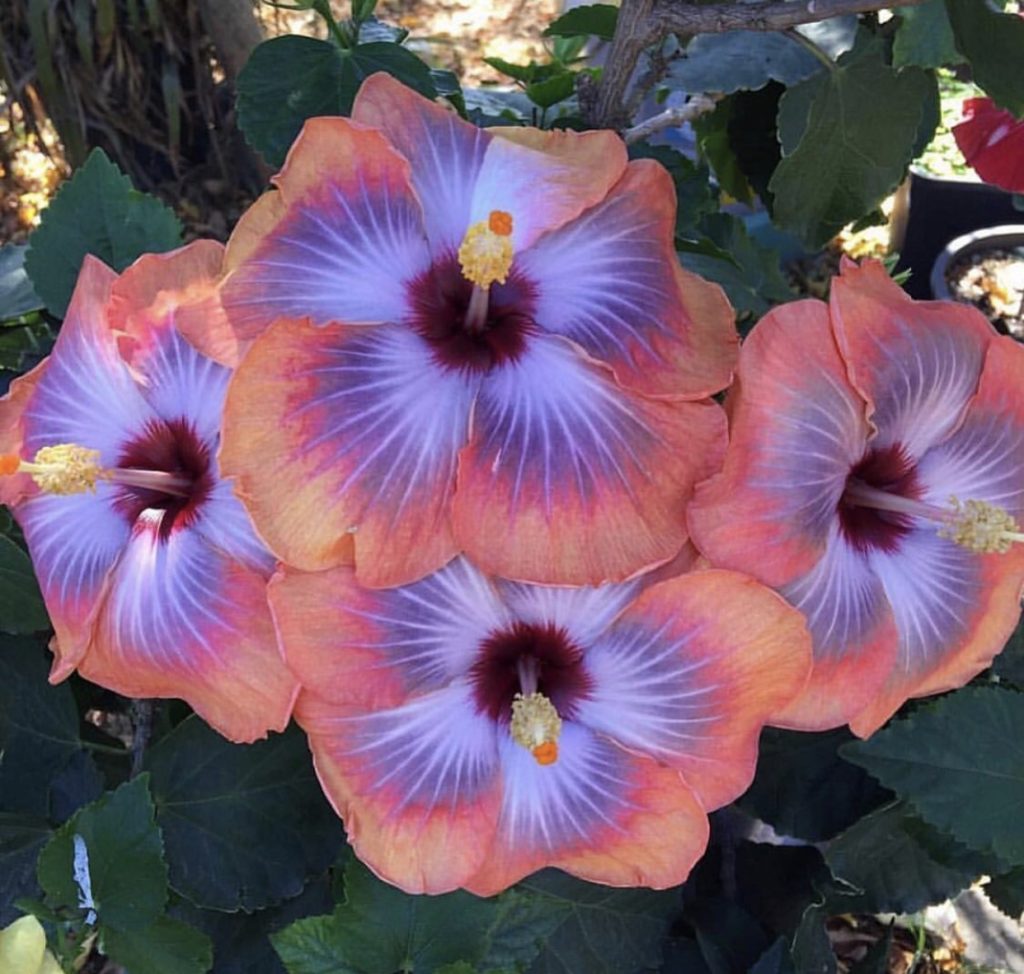
Tracking Your Plant’s Metabolic Rates
One of the most important and hard to learn skills of growing exotic hibiscus has to due with tracking their metabolic rates to know what is causing their current state of being. One of the biggest mistakes that hibiscus growers make is quickly reacting to any problem that shows up on their plants. With the exception of a plant being dehydrated and needing water this ends up most times being a decision making process that heads the grower in the wrong direction and only exasperates the problems your plant is facing. Experienced growers who learn from their mistakes eventually realize that growing hibiscus is a challenging and complex process that requires much patience and discipline not to immediately react when your plant is not doing well. You have to put on your detective hat and carefully observe your plant looking for the subtle clues it is giving you. Remember hibiscus are momentum plants and it takes time to reverse the direction they are going in both good and bad.
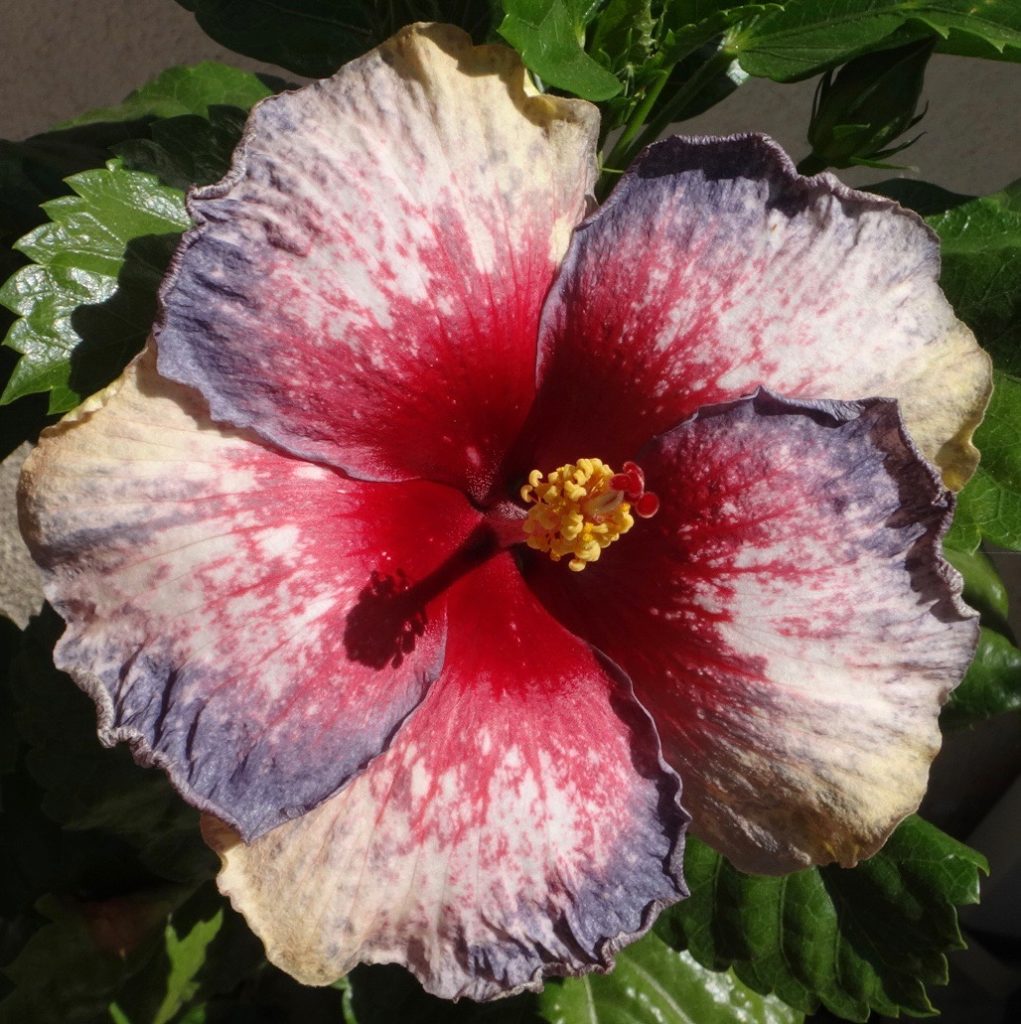
The Golden Rule
So here is The Golden Rule: WHAT YOU SEE NOW WAS CAUSED BY INPUTS TWO TO THREE WEEKS AGO
Because of the metabolic rate of your plant it takes time for inputs to show their effects on your plants. This is true for weather, feeding, soil conditions and pests. The exceptions to this is freezing temperatures, pests and animals that eat your plants, drowning a plant, and when your plant becomes dehydrated. All other inputs that effect your plant take time to show up and can become confusing to a grower if they are not good at remembering what was going on around their plants several weeks ago.
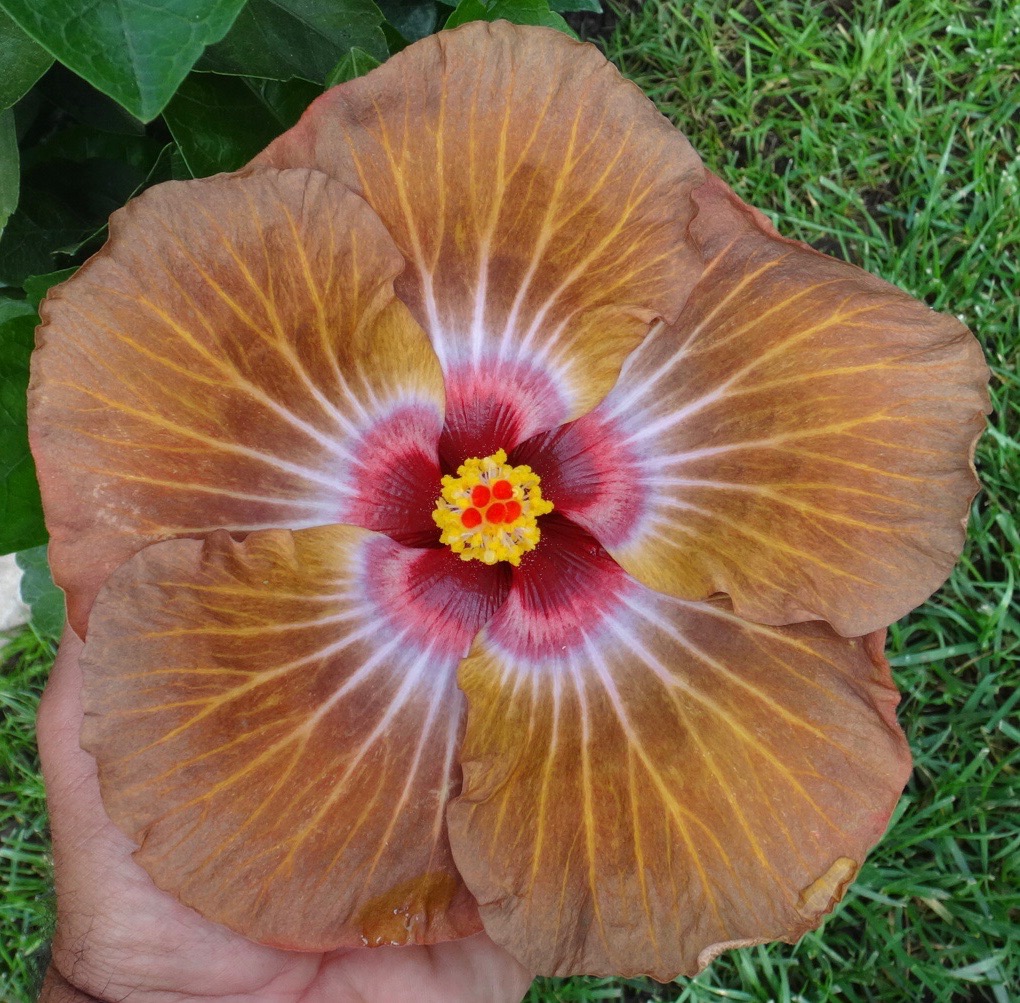
Weather Speeds Up and Slows Down The Golden Rule
There is a second variable that you have to take into account with The Golden Rule of growing hibiscus. Your plant’s metabolic rates speed up and slow down with the changes in temperatures and weather. So if the average reaction time is 2-3 weeks then in summer when sunshine is plentiful and temperatures are hotter than normal your hibiscus plant’s metabolic rate will speed up and what would normally take 2-3 weeks might only take 1-2 weeks. We have observed here in Southern California that when temperatures exceed 105F the reaction time to show input effects can be just 5-7 days.
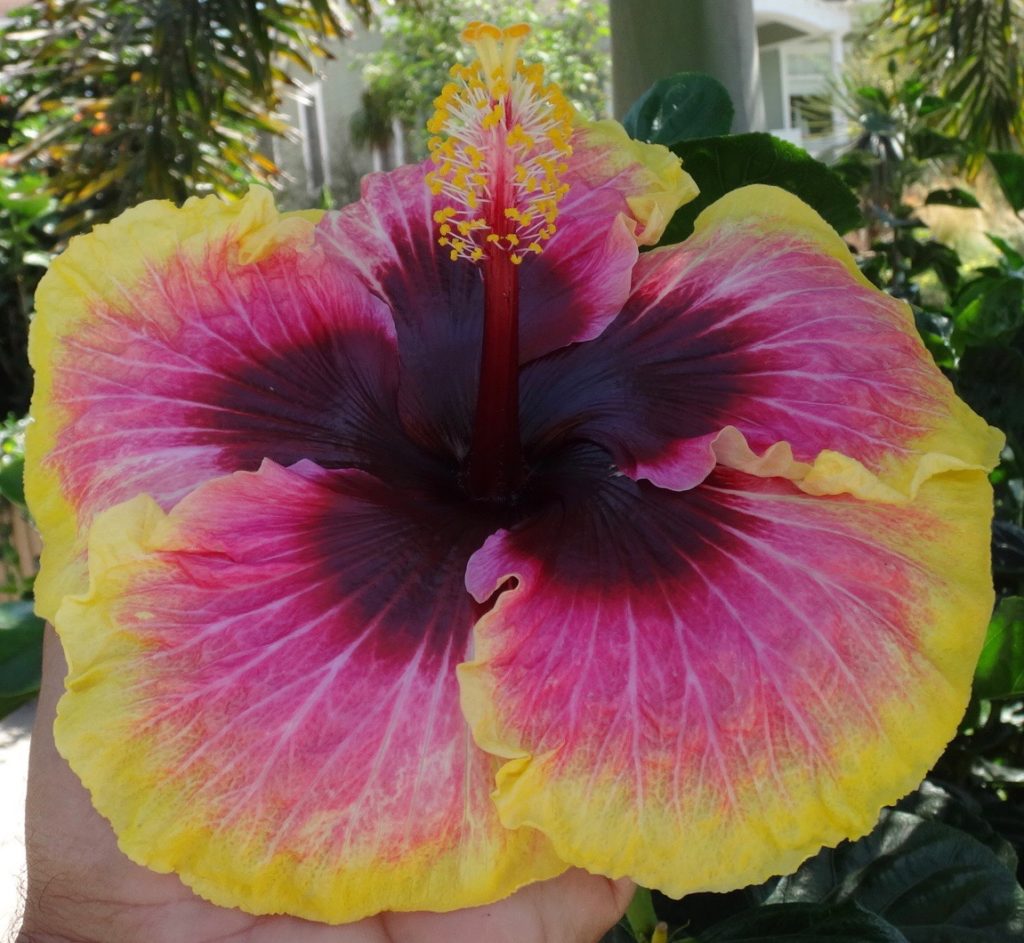
In winter the opposite occurs and your hibiscus plant’s metabolism will slow down. We have observed this starts when night time temperatures dip under 50F. When temps get under 40F at night your plant’s metabolism will slow dramatically and you will see reaction times between 4-5 weeks especially when there are cloudy days involved or your plants are in shady conditions during those times of year.
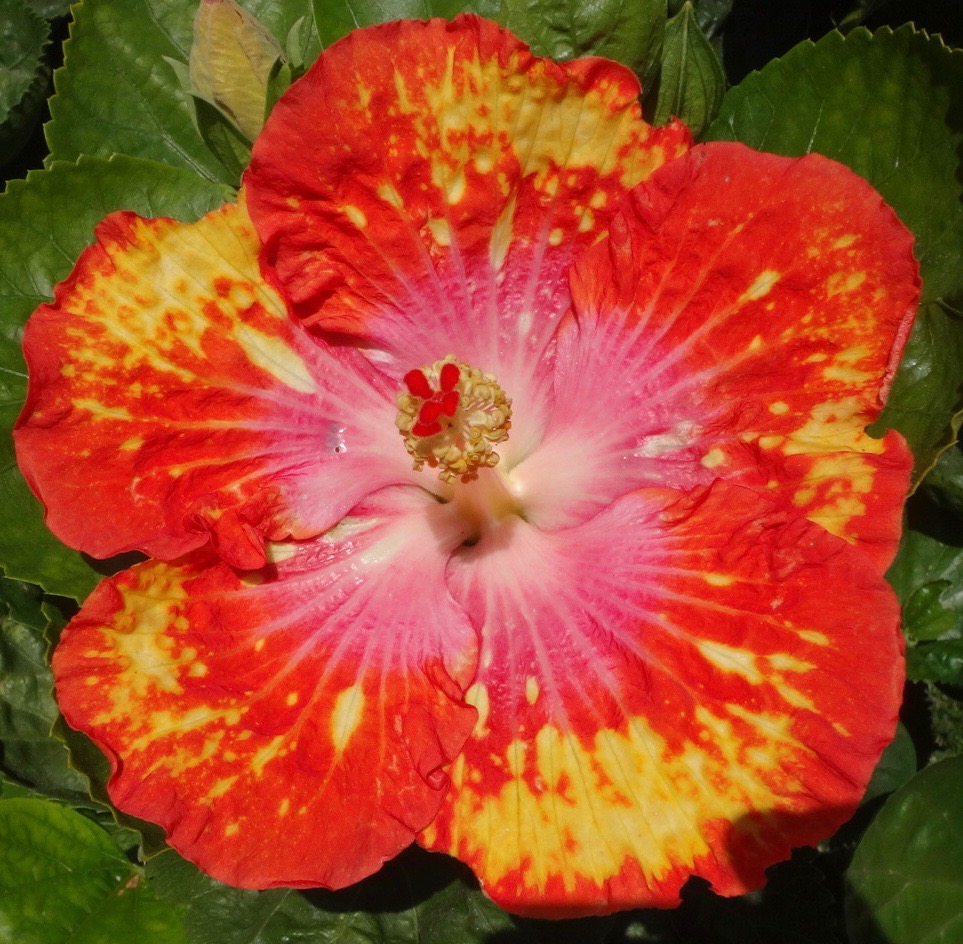
So let’s give some examples of how this works and how a grower can quickly get into trouble with their treasured hibiscus plants.
A Grower’s Dilemma
One of the more popular mistakes we see is what hibiscus growers do when they see yellow leaves start to show up in mass on their plants. This happens typically during two times of the year for most growers. The first time is in spring when your plants start to grow new leaves and branches for the new growing season after winter and shed their leaves from last year. We have a great article about that in our news section. Yellow Leaves in Spring
Summertime Yellow Leaves
The second and most common time to see yellow leaves is after summer heatwaves. A typical example would be that your plants went through a heat wave with temperatures say over 100F for three to four days which is common in Southern California during the summer and early fall. They will start to show yellow leaves about 1-2 weeks later especially the ones that were in direct hot afternoon sunlight. If a grower doesn’t take into account the heat wave a week or two back they will be surprised and immediately concerned as to why their plants are suddenly showing mass yellow leaves. Most growers will then start the problem solving process of why their plants are declining. We have seen in this scenario that many growers will conclude that their plants must be lacking some sort of nutrient that would account for the lack of green (chlorophyl) in their plants’ leaves. So they start increasing the amount of fertilizers and/or add more types of fertilizer like iron into their mix.
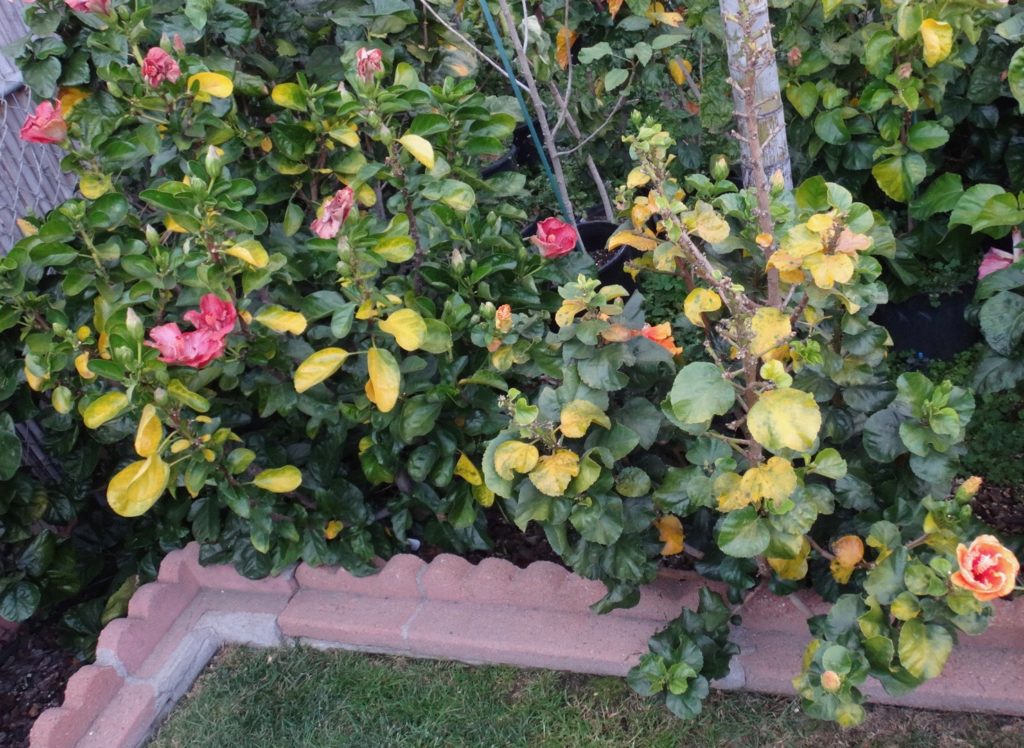
Stressful Conditions = Negative Hit to Your Hibiscus
Here is where things get really going in the wrong direction and get more complicated. These plants have been happily growing with consistent inputs before the heatwave. So the inputs they have become accustomed to and adapted their growth habits to have now changed. Hibiscus don’t like change since they are from constant tropical climate origins so this will make them slow down their positive growth momentum as they adjust. So that in itself is a negative hit for them which means that it will take 2-3 weeks for them to slow down and absorb that change and then another 2-3 weeks to get going again with the new inputs and that is if those inputs are even the right thing for them.
Results of Increased Metabolism
Now this is just the first problem lining up for these hibiscus plants. With any heatwave your plant’s metabolism begins to increase at ever faster rates. So they are now absorbing water much more quickly and all the fertilizers that are in it. For potted plants this is magnified even more so with the micro conditions of a potted soil environment. The grower has now added additional fertilizer to correct the yellow leaves at a time when their plants’ metabolism has sped up maybe twice as fast as normal. With such increased amounts of water and fertilizers being absorbed just at the regular fertilizer levels before the heatwave these normal levels would become too much and cause fertilizer burn. But now the grower has increased the fertilizers so it has become a case of extreme fertilizer burn which can even kill a younger plant and severely damage mature plants. For potted plants the concentration of fertilizers in a pot can become lethal in just a week.
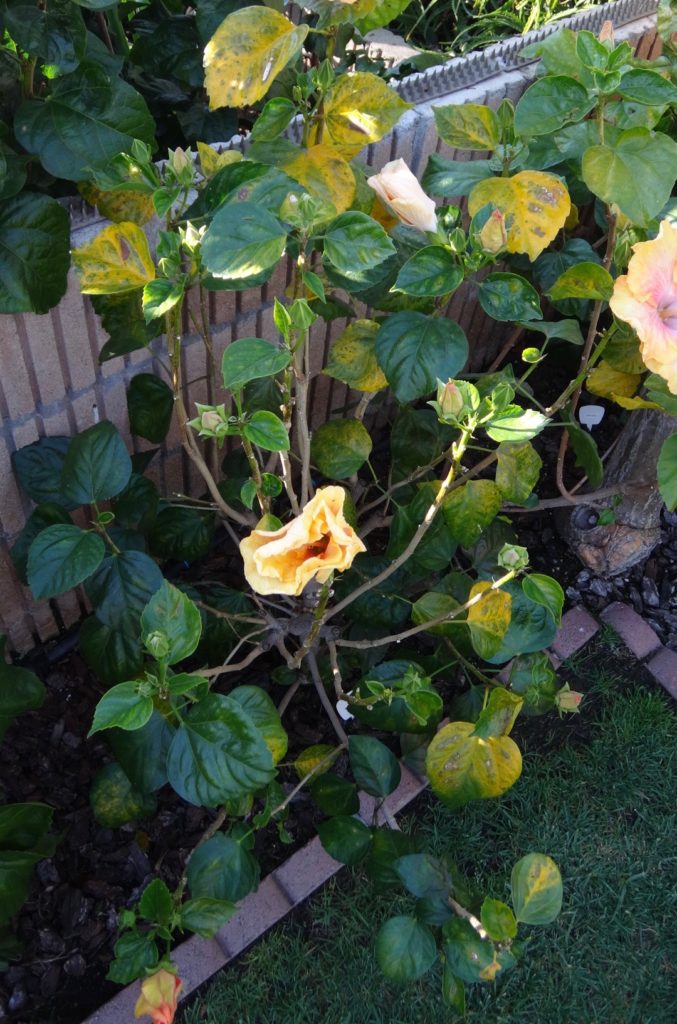
Change of Inputs = Month to Month and a Half Hit
The third factor going on here is that hibiscus do not do well in direct sunlight over 95F so they become stressed causing them to shed leaves (hence the yellow leaves in mass), drop buds and produce smaller blooms in an effort to conserve critical energy. If the grower took no action then we will see the same reaction from the hibiscus as they do with any negative change which in this case was the heatwave. Two to three weeks for them to slow down and react to the heatwave from being stressed and then another 2-3 weeks to turn the corner and get back into their happy state they were at before the whole episode started. So any kind of change to their inputs usually results in a month to month and a half stretch when they will not be at their full capacity. This in essence is the true results of the Golden Rule. Not only do you have to take into account what happened 2-3 weeks ago but be prepared for what you are going to see going forward as they make their way back to the state they were prior to their decline.
So you have to be aware of the time it takes for you plants to go into a negative momentum mode and then the additional time it takes for them to then go into a positive momentum mode and get back to their happy state.
This is crucial so you as a grower don’t keep on reacting to your hibiscus not getting back to where you want them to be. You will hear us say over and over again that patience and keen observations of your plants’ subtle clues are key to avoiding this cycle of decline in your hibiscus plants.
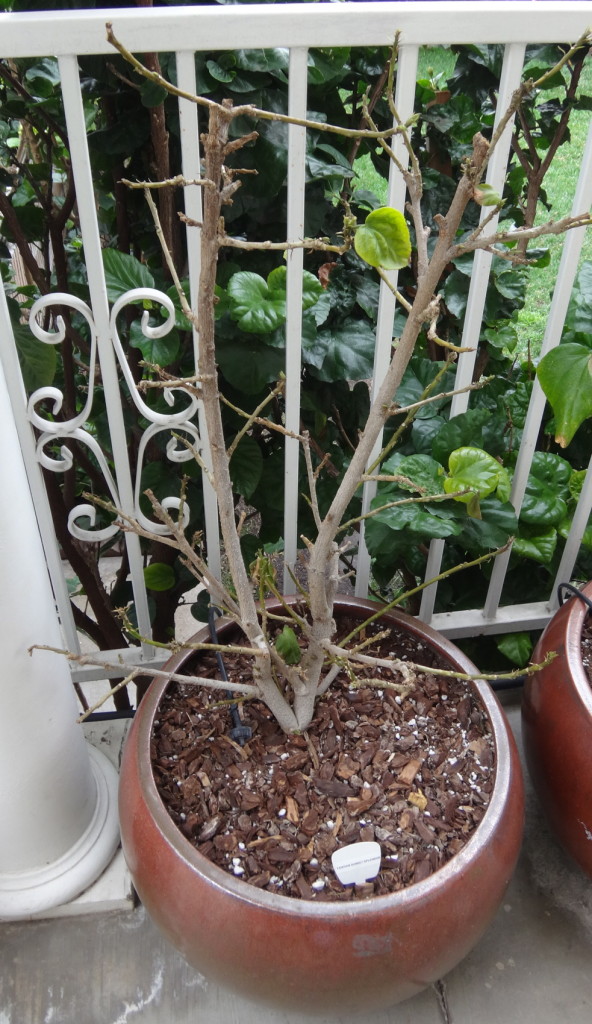
More Than One Single Issue At Once
Wait! We’re not done yet with the downward spiral a grower who took quick action with the yellow leaves will find themselves in. So we know they have plants that are getting fertilizer burn maybe to lethal amounts. Lets not forget that the plants were already stressed out to begin with and that is why all the yellow leaves started appearing in mass. So if your plants have heatwave stress, change of inputs stress and now you added the additional fertilizer and they are up taking much more quickly than before it is a triple whammy.
It gets even worse from here believe it or not. Your plants have either lost a large portion of their leaves or they are yellow so they cannot photosynthesize. Now they cannot manufacture nearly as much energy as needed during this time of crisis. And the leaves they still have are now getting burned by fertilizer burn which further limits your plant’s ability to photosynthesize. We are now at a four way whammy! At this point your plant is in big trouble and most grower’s at this point will start to panic. This typically results in them trying more things and new things as their desperation grows. The last thing your plant needs is more changes of the inputs it is getting.
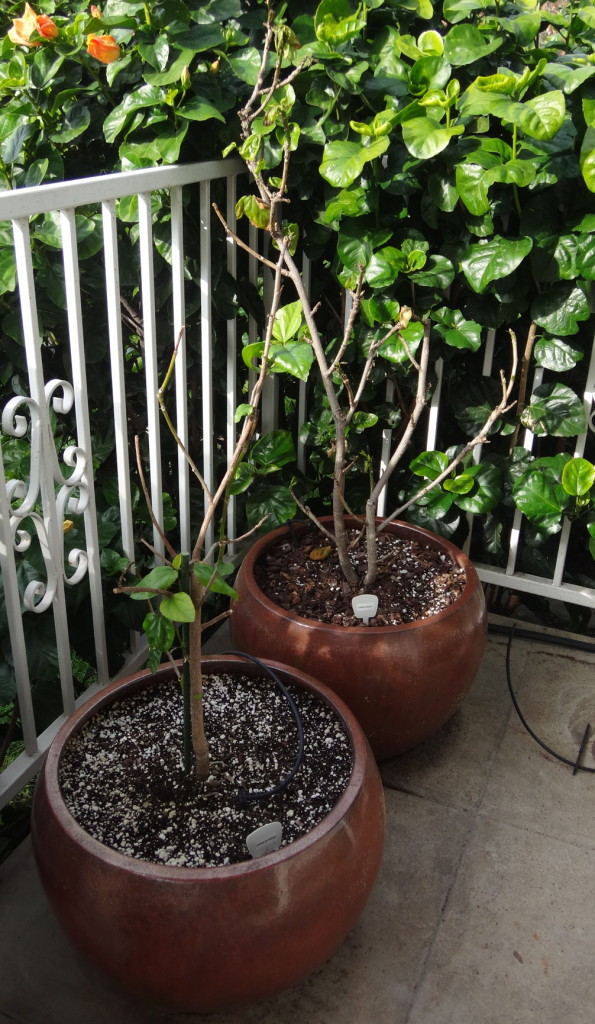
So what started off as one change in inputs to your plants – a typical Southern California summer heatwave has blown up into a multiple input combination of things that have thrown your plant(s) into complete confusion and a severly weakened state. Now to untangle all these intertwined inputs will take a long time and perhaps some drastic moves to save your plant.
Weakened Plants are a Magnet for Pests
Now here comes the kicker. When your hibiscus plants are in a weakened state like this guess who shows up? The pests. In particular here in So Cal that usually means the white fly. The number one question we get here at the society is what to do with all the white flies people get on their plants. If your plant is healthy and getting the right inputs the pests have a really tough time gaining a foothold and growing their numbers. You will see a few pests here and there, that is to be expected but when you see them in large numbers that is a strong indication your plant is not in good health. Pests like any predator in nature will seek out the easiest prey. Weakened and diseased plants are their top choice. As a result your plant is now suffering from five negative impacts – poor thing!
Many times at this point the grower will start to give up especially when this is happening to multiple plants. Their confidence and will to persevere are significantly eroded down after all their efforts and money spent to fix the situation to only to see their plants continue to decline. To make matters even more demoralizing this is summer when their plants should be doing their best. All those visions of your plants becoming a summer colorfest have turned into a nightmare of struggling plants with few blooms.
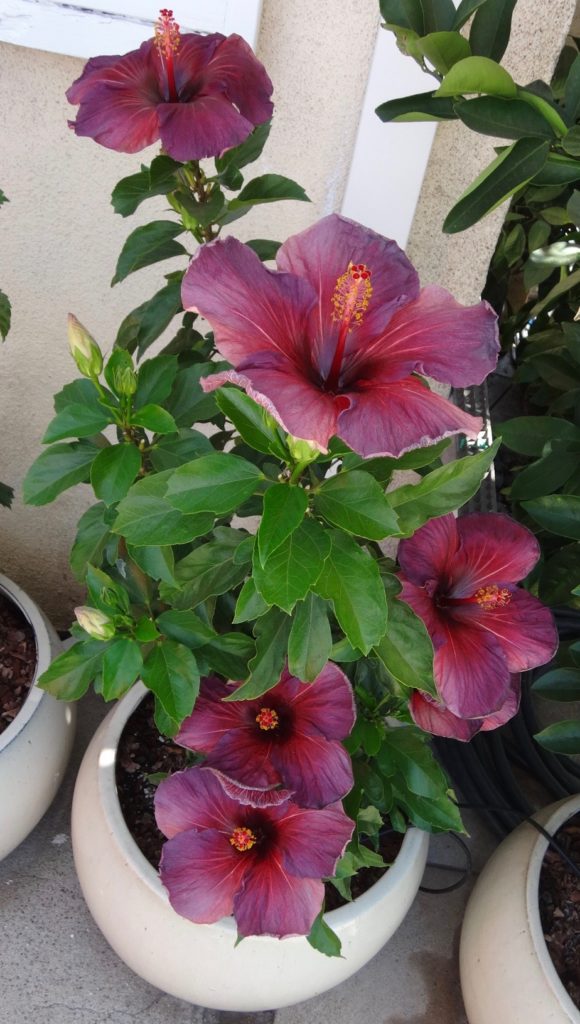
How To Avoid Over Reacting
So what do you do to avoid this negative downward spiral?
The first thing is to learn patience. When you see something not right with your plants you need to look for other clues. The first thing to consider is what happened 2-3 weeks ago. Take into account any significant changes in the weather that might have caused The Golden Rule time frame to be shorter or longer than normal. You need to also take into account other factors that might have occurred then too. Things like a change in inputs such as the plants not getting their typical waterings, changes in fertilizers, spraying of pesticides/herbicides (maybe even from a neighbor’s yard), pests, or a broken water line that flooded the planter even just for a short time.
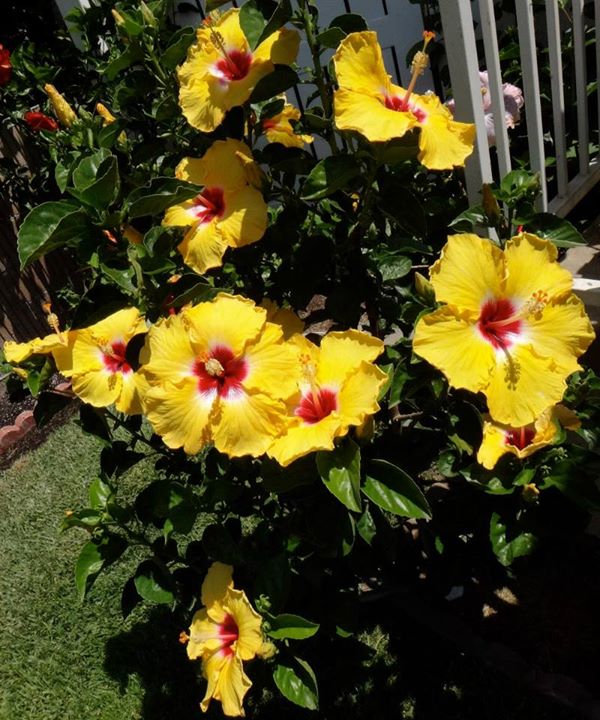
Keeping Track of Past Inputs
Many of our pro grower’s actually keep a journal of when something happened to their plant’s inputs so they can go back and connect the dots. A good example might be someone that lives near the coast and they had two weeks of unexpected heavy marine layer days (clouds) and it was very cool during the middle of summer which is not uncommon. They did not decrease the amount of water during that time and sure enough a few weeks later their plant’s leaves are looking veiny, chlorotic and they are seeing some branch tip die back. Because they kept a journal they will realize these results are due to too much water in the soil which normally would evaporate more and their plants might have slowed down their metabolism and not taken up as much water. So as a result they now know they need to reduce watering their plants until the soil dries out a bit and the right balance of air is back in the soil. Their plants will let them know they are getting back into their happy zones when the top leaves on branches start to green up again and new leaf growth appears at nodes.
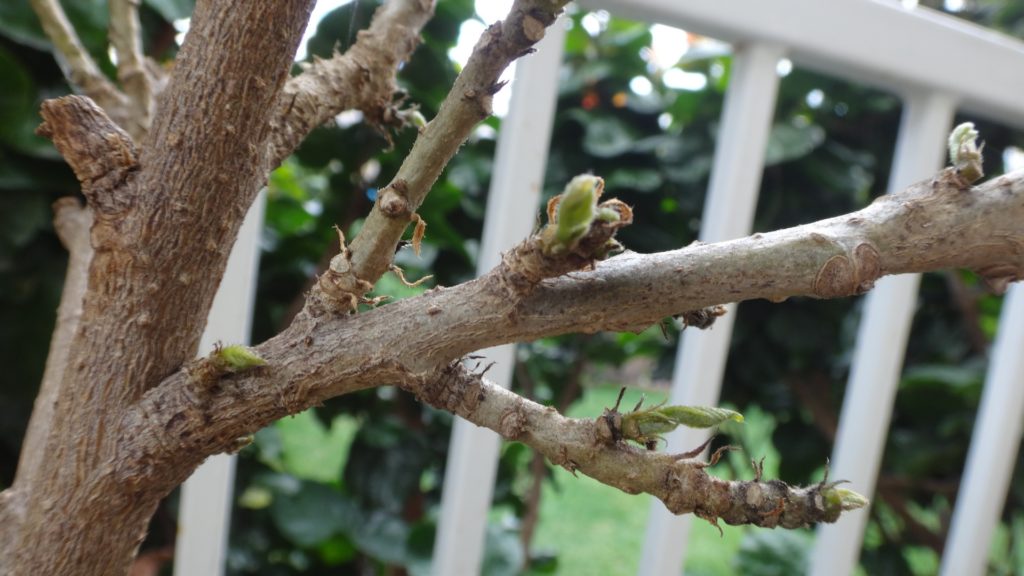
Learning Patterns to Look For
Over time as a grower comes down the long term learning curve which takes several years you will be able to track many of these elements in your head. You will start to see patterns and groups of clues that happen simultaneously that let you know what to look for. For instance we normally see our first heatwaves in Southern California somewhere around the last week or two of June or first week or two of July. So with that in mind you should expect your first mass yellow leaf occurrence sometime in July. Same can be said for mass yellow leaves in spring when your plants get out of their winter mode and decide to grow new leaves and branches. That typically happens sometime in February or March. This past winter was a strong one so we saw that spring releafing happen much later in mid April.
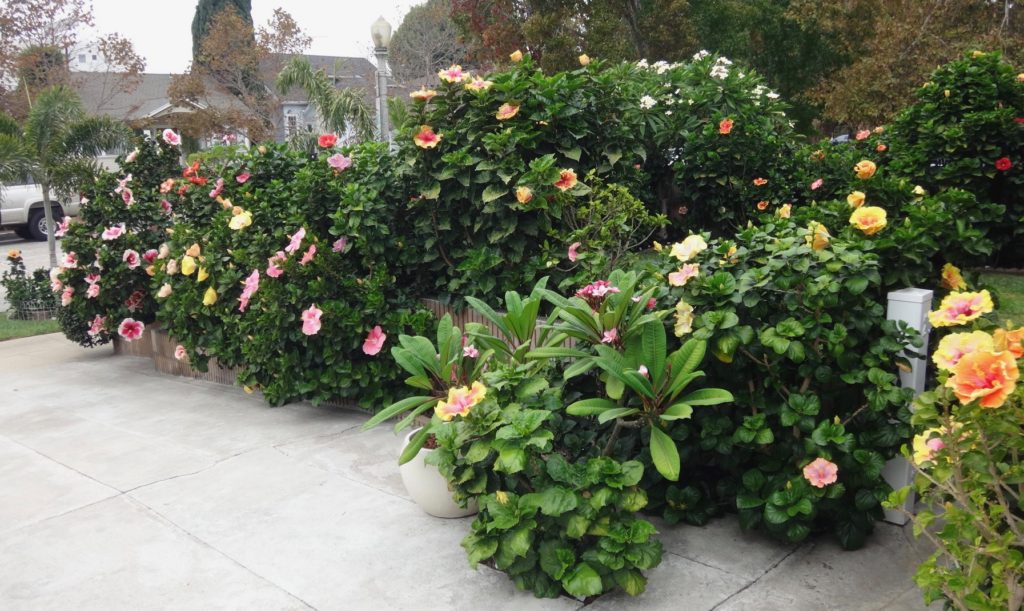
Taking Best Practices From Others & Modifying
So as an experienced grower you are already on the lookout for these things. Being constantly aware of the weather forecast is an important part of growing hibiscus. As you can see growing hibiscus, especially exotic hibiscus is a time consuming and challenging process but like many things in life the greater the risk the greater the reward. The good news is you have a great resource here at the SCHS to help you along the way. Just remember that every property has it’s unique circumstances and conditions and that can vary from one side of a yard to the other. A good grower takes multiple techniques they observe from other successful growers and uses parts that fit their unique circumstances and innovates some to create the right mix of inputs that works for them. One of the most challenging parts is that it sometimes takes an entire growing season to verify if certain changes worked or not. So patience becomes an even greater factor as it really does take several growing seasons to get all the right inputs figured out.
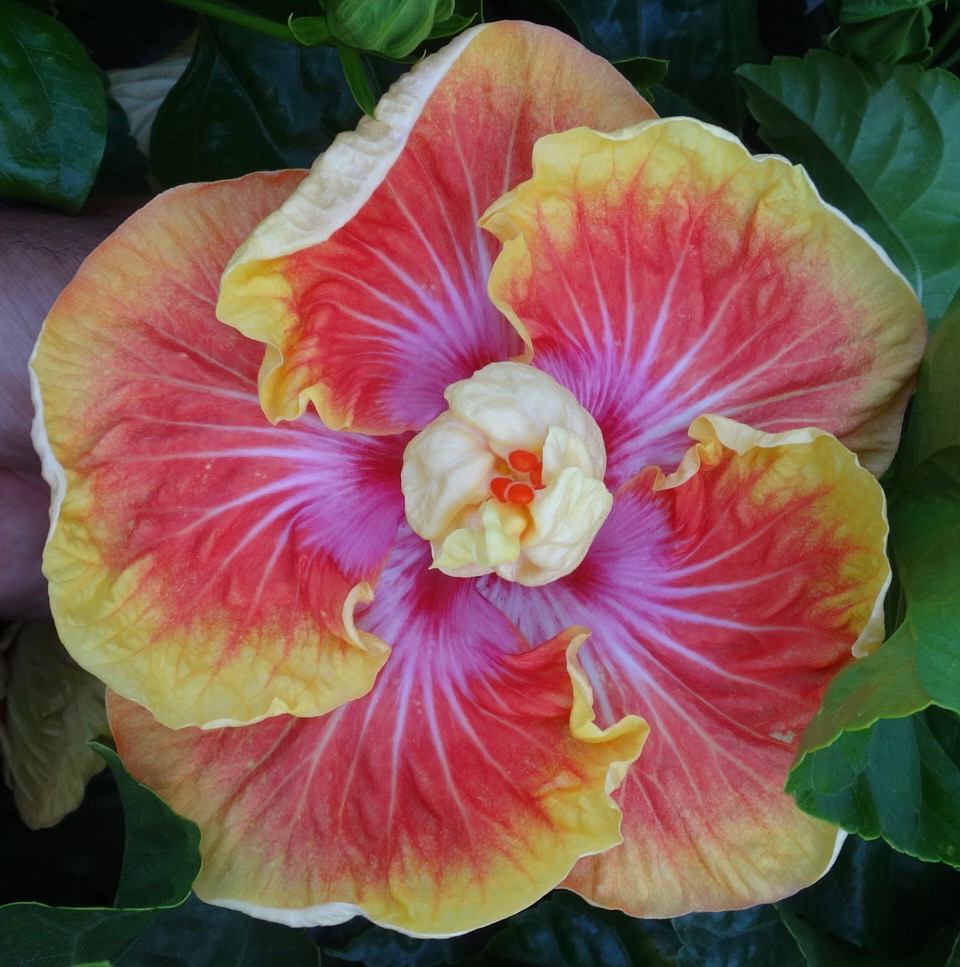
Knowing What to Expect and Being Proactive
In the end the correct course of action here was if anything to reduce the amounts of fertilizer your plants are getting by 1/4 for every 5 degrees over 95F. An expert grower will know the weather forecast ahead of time and be prepared to do so a few days before the heatwave starts. Other than that you will just have to remove the yellow leaves as they appear and let your plants regrow new ones which they will immediately do. And the good news is those leaves will be more heat resistant than the previous ones. It doesn’t mean they can handle temps over 95F but many times they do replace more delicate spring leaves.
So one proactive course of action and then just removing the yellowing leaves as they appear unlike the grower that reacted right away and ended up dealing with about a half dozen problems that now put their plant(s) in a very tough position for a long time.
